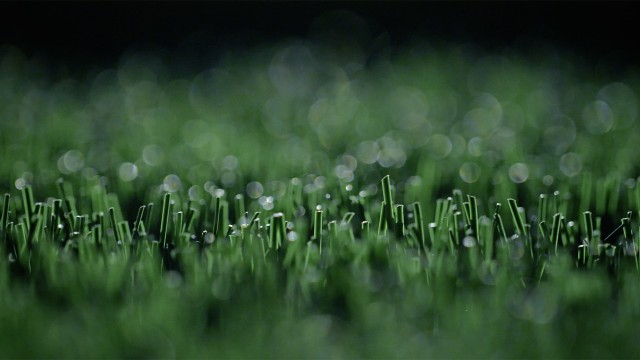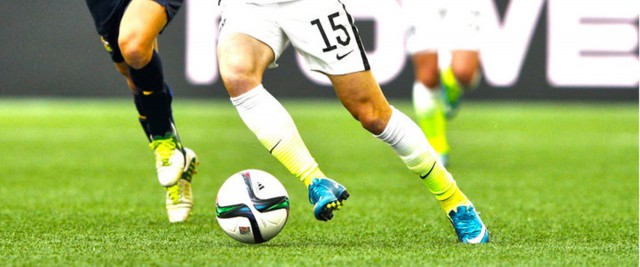For the first time in its history, a FIFA World Cup was held on artificial turf. As a result, artificial turf was in the spotlight at the 2015 Women’s World Cup, and despite some initial concerns, the international governing body’s “Technical Report and Statistics” reveals that “there was there was no significant difference regarding injuries sustained there and those on grass at previous editions.”
Initially, the majority of complaints were targeted at the safety of artificial turf, stating that it is less forgiving than natural grass and therefore impacts play because of injury concerns. The data, however, told a different story.
According to the 232-page FIFA report, released six weeks after the United States defeated Japan, 5-2, in one of soccer’s most memorable tournament finales ever, team doctors were asked to report all injuries incurred by their players during each match of the 2015 Women’s World Cup. This practice has been common for years.
LOWER INJURY RATE
The overall injury rate was 2.1 injuries per match — lower than the overall injury rate at both the 2007 (2.3 percent) and 2011 (2.3 percent) Women’s World Cups, which were each played on grass.
The 2.1 percent injury rate also was equal to or lower than injury rates during women’s soccer at the previous four Olympic Games (which were all played on grass).
TEMPERATURE CONCERNS?
As the international governing body did at the Men’s World Cup 2014 in Brazil, FIFA permitted cooling down/drinking breaks as needed during Women’s World Cup 2015 matches when the heat stress threshold was surpassed. This development was implemented, in part, out of concerns that the artificial turf would cause on-field temperatures to increase. FIFA’s Medical Committee recommended this stoppage in play whenever the Wet Bulb Globe Temperature index reached or exceeded 32 degrees Celsius (89.6 degrees Fahrenheit). No cooling breaks were needed as a result of high WBGT compared to one stoppage in Brazil.
The WBGT index, an effective way to assess heat stress, provides a composite temperature used to estimate the effect of actual temperature, humidity, wind speed and radiant heat on players.
A RESOUNDING SUCCESS
The turf didn’t appear to bother fans either, as more than 1.35 million spectators attended matches at the six Canadian venues, and record-breaking television audiences tuned into coverage in 188 territories — confirming that World Cup is the world’s largest women’s single-sport event.
CONCLUSION
The study concludes that in terms of safety, artificial turf is as safe or safer than natural grass.


